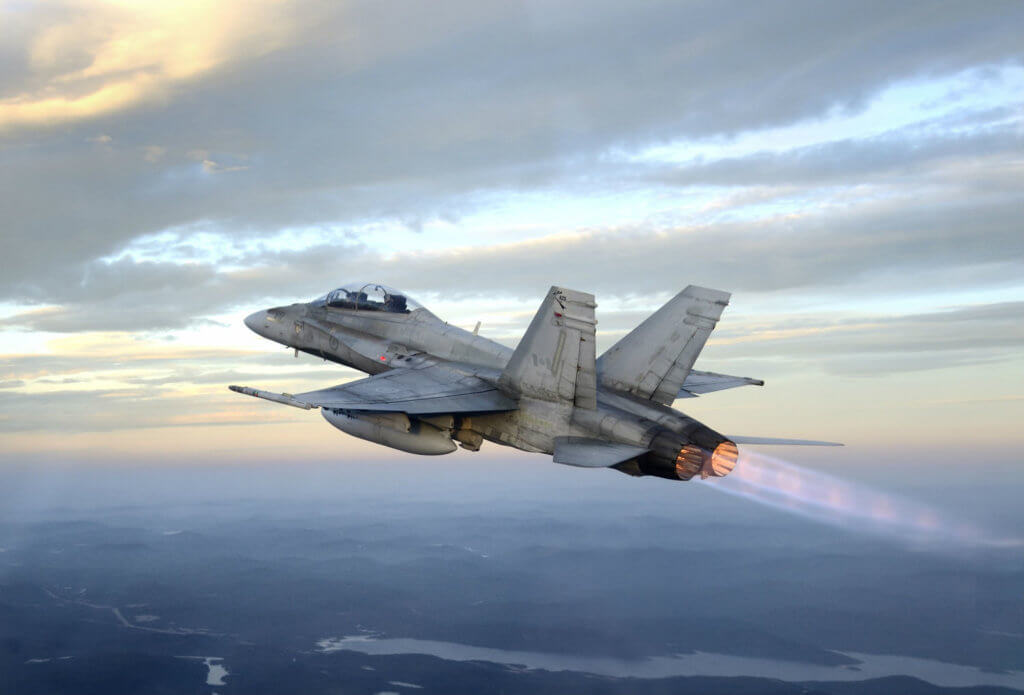Estimated reading time 3 minutes, 19 seconds.
The Canadian Department of National Defence’s Airworthiness Investigative Authority has issued a report in relation to the fatal CF-188 accident of Nov. 28, 2016, near 4 Wing Cold Lake, Alta.

This document is a brief summary of the circumstances and factual information known at this time and does not provide information on what caused the crash. The accident is still under investigation.
Capt Thomas McQueen of Hamilton, Ont., was killed during training inside the Cold Lake Weapons Range.
Here is the text of the report:
Call sign “Swift 32,” in aircraft CF188747, was part of a two-ship formation led by “Swift 31” for an unopposed air interdiction continuation training mission. The mission objective was to deliver two MK83 inert bombs followed by two laser guided training rounds (LGTRs), simulating laser guided bombs, in the Cold Lake Air Weapons Range.
To avoid the simulated bomb fragmentation after dropping their bombs, each pilot would fly a “safe escape manoeuvre” comprising a 5 g level turn (which requires a 78-degree bank angle to maintain level flight) through 90 degrees of heading change.
The formation departed Cold Lake Airport (CYOD) and proceeded at low altitude under visual flight rules (VFR) to the target area, approximately 90 km east of CYOD. The accident occurred on the third weapons pass over the target, with Swift 31 flying about two miles in trail of Swift 32 and lasing the target for Swift 32, who dropped an LGTR. The ingress to the target was flown at approximately 500 feet above ground level (AGL) to stay clear of an overcast cloud layer based at approximately 800 to 900 feet AGL.
Based on air combat manoeuvring instrumentation (ACMI) data, Swift 32 released his LGTR then initiated the safe escape manoeuvre at about 450 feet AGL, entering a 5.6g left turn and rolling left to a bank angle of 118 degrees. The aircraft initially gained 50 feet of altitude before the nose of the aircraft began to slice towards and then below the horizon, eventually reaching a flight path angle (FPA) of minus 18 degrees.
The aircraft then began rolling right and the bank angle reduced to 77 degrees left bank, and the FPA reduced to minus 15 degrees just prior to ground impact. Swift 31 saw the explosion, confirmed visually that Swift 32 had crashed, noted a parachute at the side of the ground scar and transmitted a Mayday call, which was relayed to CYOD air traffic control by another flight of CF-188s. There were no radio transmissions from Swift 32, he did not eject and was fatally injured when the aircraft struck the ground in a descending left turn.
The investigation is continuing to examine all the operational and technical factors that may have played a role in the accident.








